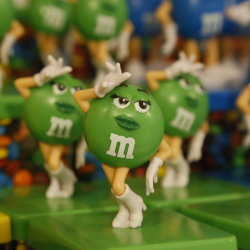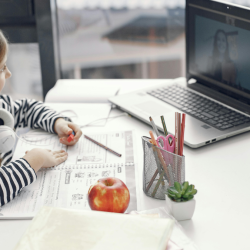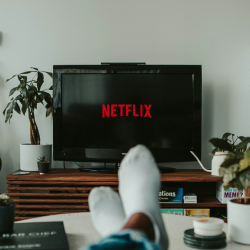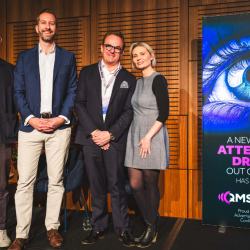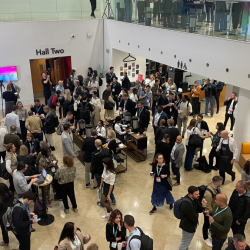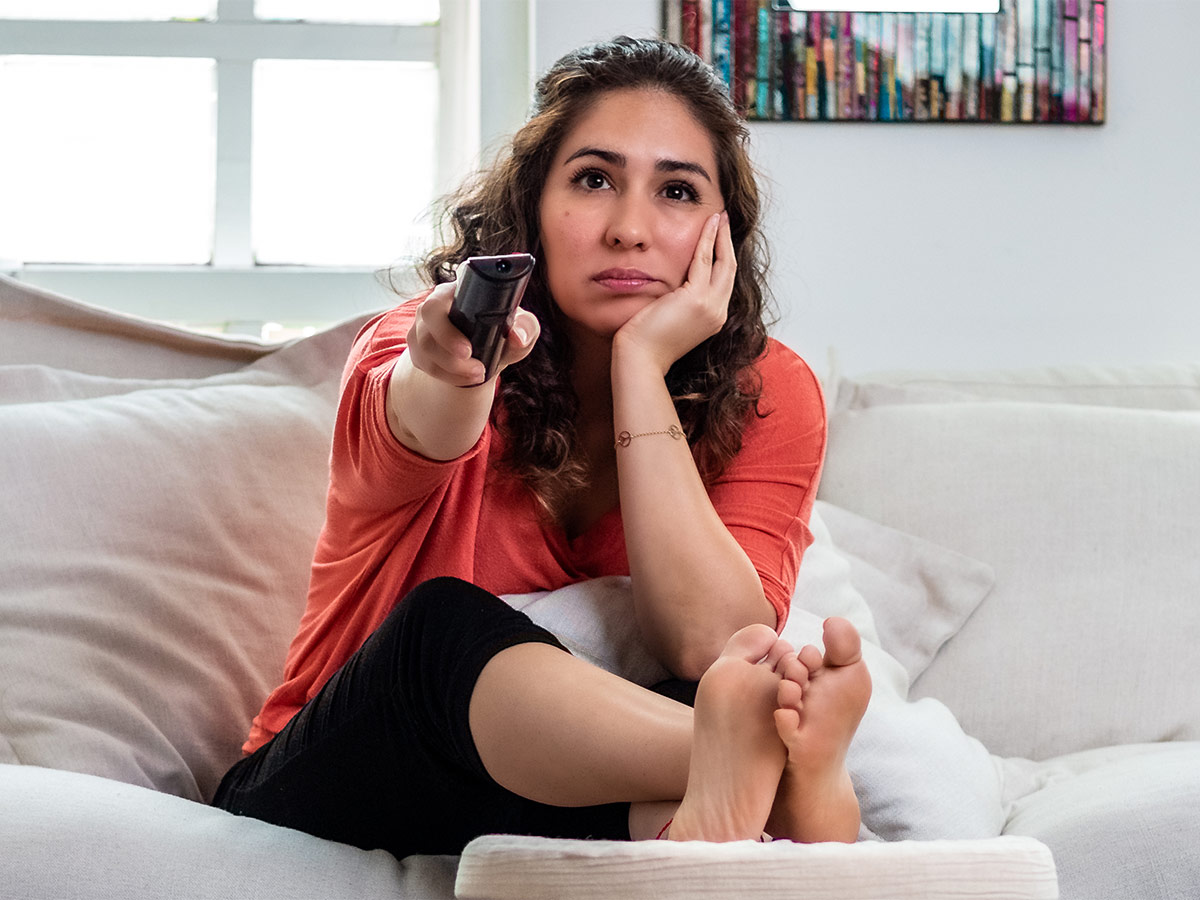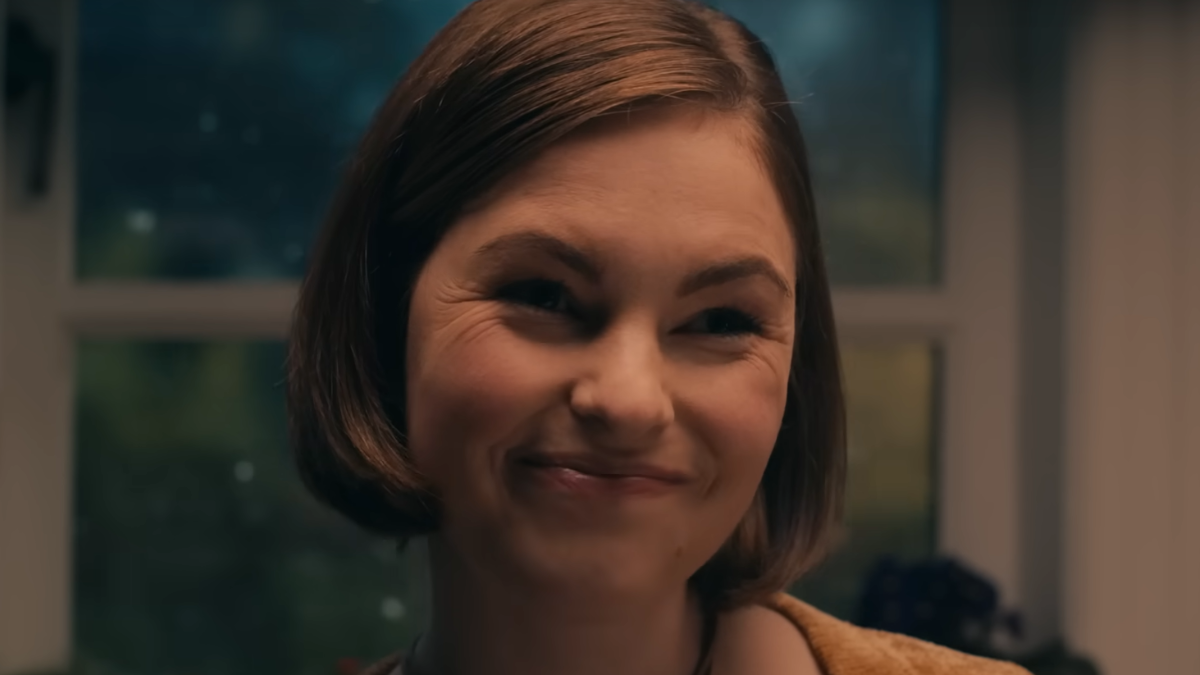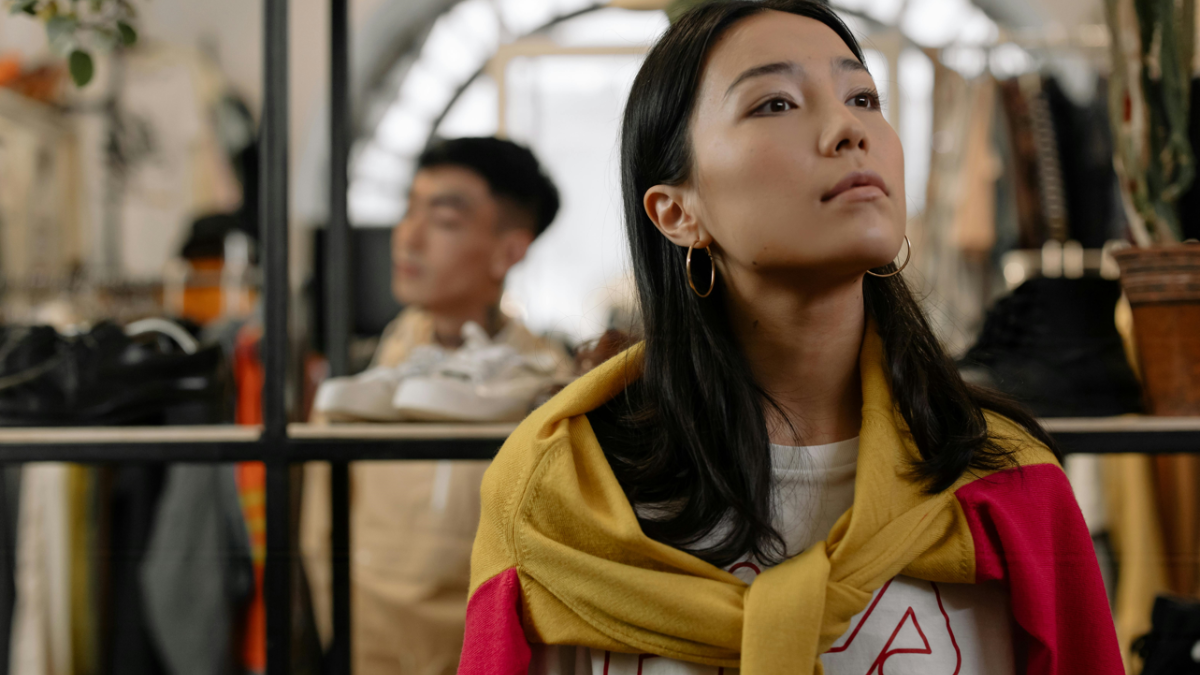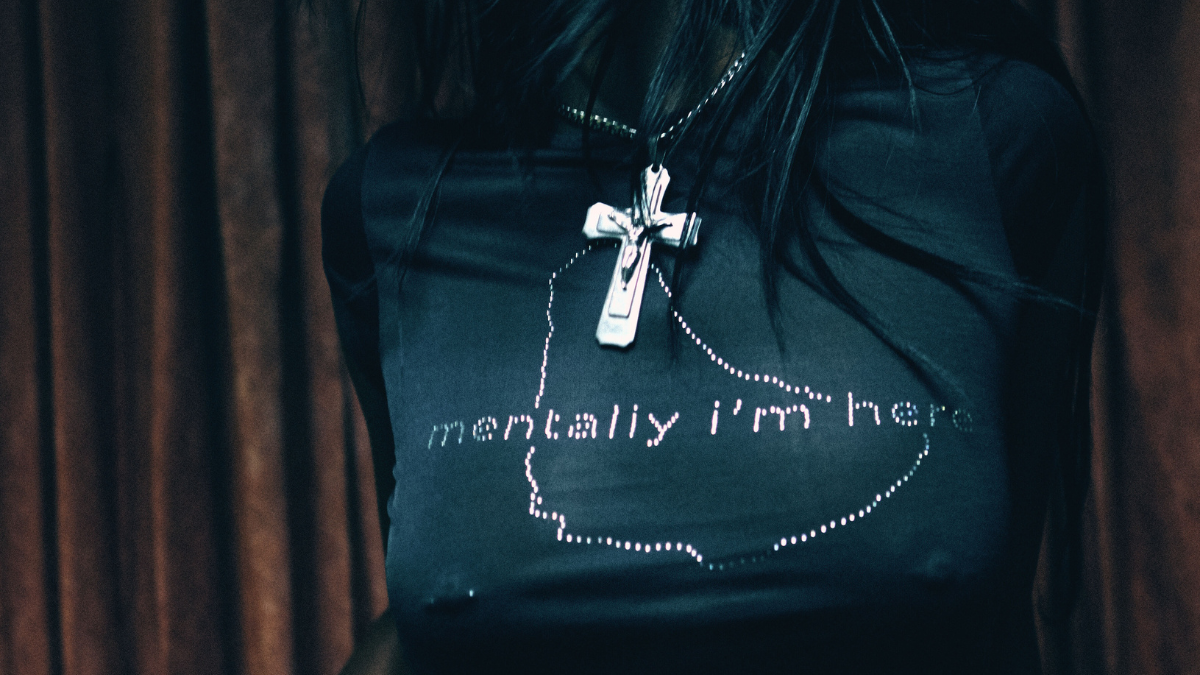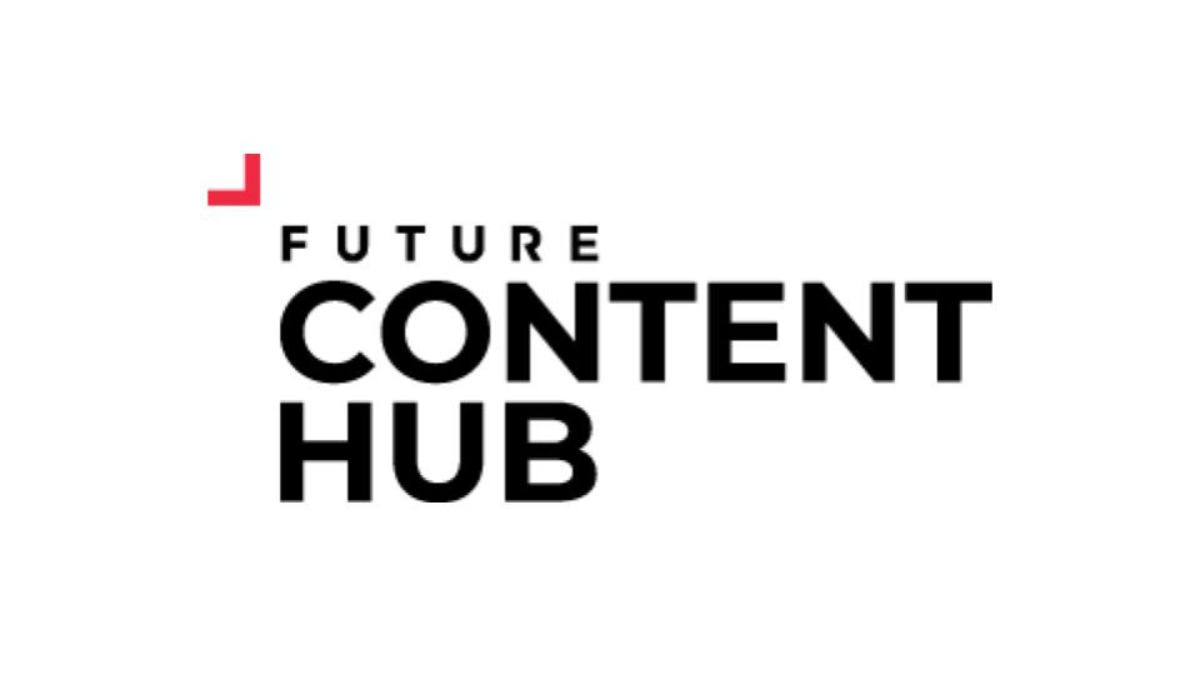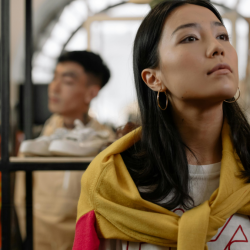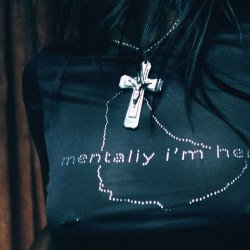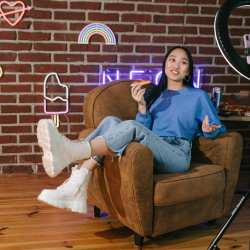The last year has been tough for everyone – and the advertising industry is no different. A staggering £24.4 billion of spending was wiped from the TV advertising industry as the economic crash hit and many businesses shut during lockdown. It was only natural that their TV spend went into hibernation.
For the few remaining companies looking to reach customers through their televisions, the adverts they’ve been putting out over the last year have been uninspiring, to say the least.
“Production has been hard, public mood has been all over the shop, and the economy is impossible to read,” explains Dan Cullen-Shute, CEO of London-based agency Creature, which was behind, among others, the 2021 TV ad campaign for life insurance company, Beagle Street.
Trite, not tight
But Cullen-Shute doesn’t see these as excuses for the scourge of samey TV spots advertising everything from banks and building societies to supermarkets and sports brands that have peppered commercial breaks for the last 12 months.
The schmaltzy spots are often soundtracked by morose, plinky-plonky piano music at a slow pace, and are scattered with shots of ordinary employees smizing into a webcam from their front room. They’re usually explaining that although everything is not normal, it is business as usual – and they’re there for you.
“Christ alive, the last year has, by and large, been a depressing time for advertising,” he says. Of particular annoyance to him is the “interminable parade” of real people and employees earnestly talking into their webcams about how they can help. He adds that “sofa company after sofa company desperately – and, yes, earnestly – insisting that not only do they understand what we’re going through, but are actually going through it too.”
It’s a sentiment many share: a three-minute, forty-second YouTube supercut video of every trite covid cliché in advertising, posted by TKTK, has been seen more than 1.7 million times since it was uploaded in April 2020. Key among the cliched phrases used in ad reads included the importance of “family”, “more than ever”, “in times like this” or “in unprecedented times”.
The video was “amusing and depressing at the same time”, says Hermeti Balarin, executive creative director of MOTHER London – “depressing if you work in advertising”.
“It was so utterly predictable and also soul-destroying that it had so many brands doing virtually the same ad, and all of them were failing equally but in slightly different ways,” he says. Balarin compares the tone of many pandemic-era adverts to those of a person trying to speak out of turn – it comes across exactly like it would if you blurt out something insincere in conversation, just to be heard.
“You should have either decided to stay silent, or thought a bit harder about what you’re going to say rather than saying you’re putting an arm around people and saying you understand what people are going through,” he explains. “You don’t, and you shouldn’t, and nobody is expecting you to.”
Covid, then foot in mouth disease too?
However, some of the unoriginality stems from the uniqueness of the moment: this is a once in a lifetime, if not once in a century, global event that has irreparably changed humanity. Asking people to meet that moment in the most fitting way possible is tough enough – notwithstanding the fact that many people involved in producing the creatives for the adverts are themselves struggling through the effects of the pandemic.
“I remember last year, from March, when things were starting to feel a little bit weird. It was like Contagion,” explains Metz Bryan-Fasano, co-founder and production leader of Other.London, who moved from her role as operations director at VMLY&R in October 2020 – in the middle of the pandemic. “Everyone was freaking out in the supermarket, everyone was acting weird, and I remember thinking: I really don’t know what’s going on. I don’t know if the world is going to end; I don’t know if I’m going to have a job. I don’t know what’s going to happen to advertising.
“I feel like everyone was real worried on a personal level, and then it translated into what we’re making,” Bryan-Fasano adds.
So many creative agencies resorted to their wheelhouse of comfortable ideas that are considered safe: the use of stock footage, of animation, and of simplistic, remote shooting. “We can lean on things we have more control over, and in the meantime, let’s figure out if we can ever shoot again,” she explains. “It felt so unknown and it was a scary time, not just for advertising but in our personal lives, too.”
Bryan-Fasano also believes that the pandemic threw into sharp relief issues the advertising industry has faced for a long time but which have bubbled in the undercurrent. As a black woman in a white, male-dominated industry, she’s all too aware of the risks of groupthink. “It’s easy to look back and say: ‘Oh gosh, all those ads look the same.’ You know what, they did. And I do think it speaks to a lot of the things that were being spoken about advertising before: we’re all homogenous, all the same types of background. Not enough diversity. Not enough different voices. I feel like that is not untrue. It was a very good reflection of that, but at the same time we weren’t just worried about if we could shoot something; we were worried about if we could work together,” she says. “That was just the baseline.”
Concerns about their economic future also likely made the offer of work – even if it was relatively uninspiring – difficult to turn down for some agencies. “We and a few other agencies rejected a few of those briefs. As hard as I tried, I couldn’t recommend any of my clients spoke up in that kind of way back then,” says Balarin. “That is my personal assessment looking back: ‘Why are they all choosing to say something so insincere. Why haven’t these agents spoken to their clients and said: “Are you out of your mind?”’”
Yet Balarin acknowledges that money is money – and money is more scarce during a pandemic. “I understand companies and agencies were concerned about the economic downturn, the drying up of briefs and so on,” he says. “I understand people jumping onto those opportunities, but it can’t have felt good back then. A lot of people will have done it knowing it could backfire – and it did.”
Bring the champagne
However, he feels that by trying to capture the moment by mirroring it, agencies and companies paying them missed what we wanted most from entertainment: escapism. Recognising the challenge of encapsulating the mood of the nation, MOTHER, with market research agency davies+mckerr, followed 20 households across the country for 11 weeks during the pandemic.
Their findings? “People were bored,” says Balarin. “They were bored of not having variety or even moments of lightness. We started, for the brands we had where it made sense to do so, we advised them to make people smile. It’s not about reminding people what life is like, or mirroring their Zoom lives. It’s not sad or pensive or deep and introspective. It’s a moment of lightness.”
While he acknowledges that the risks are higher in swimming against the tide by presenting something quirky and positive during a time of great loss, for those who manage to strike the right tone the successes are potentially enormous.
That’s something Cullen-Shute agrees with. “Advertising’s always been the uninvited guest at the party, and if you’re going to turn up uninvited, bring champagne: it’s time for us to bring the champagne,” he says. “Let’s set our creative bar higher than ever before, let’s misbehave, let’s be silly, let’s be funny, let’s be heartfelt but never cloying or insincere.”
Some sociologists forecast we’re in for a new Roaring Twenties off the back of the coronavirus as the economy – and our lives – bounce back from the enormous shock of the last 12 months. As significant as the economic downturn has been, so the rebound could be as precipitous – with opportunities for advertising. Things are still difficult: “A shoot now is not wanting to stifle creativity, but we have to do more about upfront thinking about logistics,” says Bryan-Fasano.
“When you think about your budget, that now has a whole chunk that you have to save just for COVID-19 stuff. That’s a whole lot of money gone.” Likewise, the inability to work together in the same room extends the timeframes and requires more lateral thinking. But from lateral thinking comes originality. “There’s all these little things that I think don’t stop you from doing stuff, but you have to build it in and are aware and taking everyone on that journey,” she says. “I think it makes us more creative and a little bit more open to doing things that aren’t as obvious.”
The challenge is that while large parts of the economy have stalled, advertising has regressed, reckons Balarin – so it has to build back from a lower base. “I think this set us back,” he says. “It made large swathes of the industry that are already playing quite safe, just get more entrenched. In that sense it was a perfect opportunity for cautiousness and paint-by-numbers. A big chunk of the industry did take a step back, to only now start to get back to where they left off.”
But he’s hopeful for the future. “I’d hope that as the recovery and opportunism starts to fill the airwaves, I hope that releases a bit of the pressure that marketeers, companies and agencies are under,” he says. “Times like this are when creativity should thrive and not shrink back. I hope a lot of the bad examples make up for the lost opportunity and get ahead.”
And advertising is needed more than ever. “With an economy in desperate need of a kick-start, we have a big, serious and strategic job to do as an industry,” says Cullen-Shute. “We’ve been through hell, as an industry and as a global population, and now’s the time to party: so bring back the mad ones, bring back the crazy ones, bring back the ones that people want to watch, bring back the ones that give people reasons to feel optimistic. Nobody wants to be hugged by a sofa warehouse when real hugs have been decriminalised: but they might just love an ad that makes them laugh.”
Featured image: Leo de la Garza / Shutterstock.com
